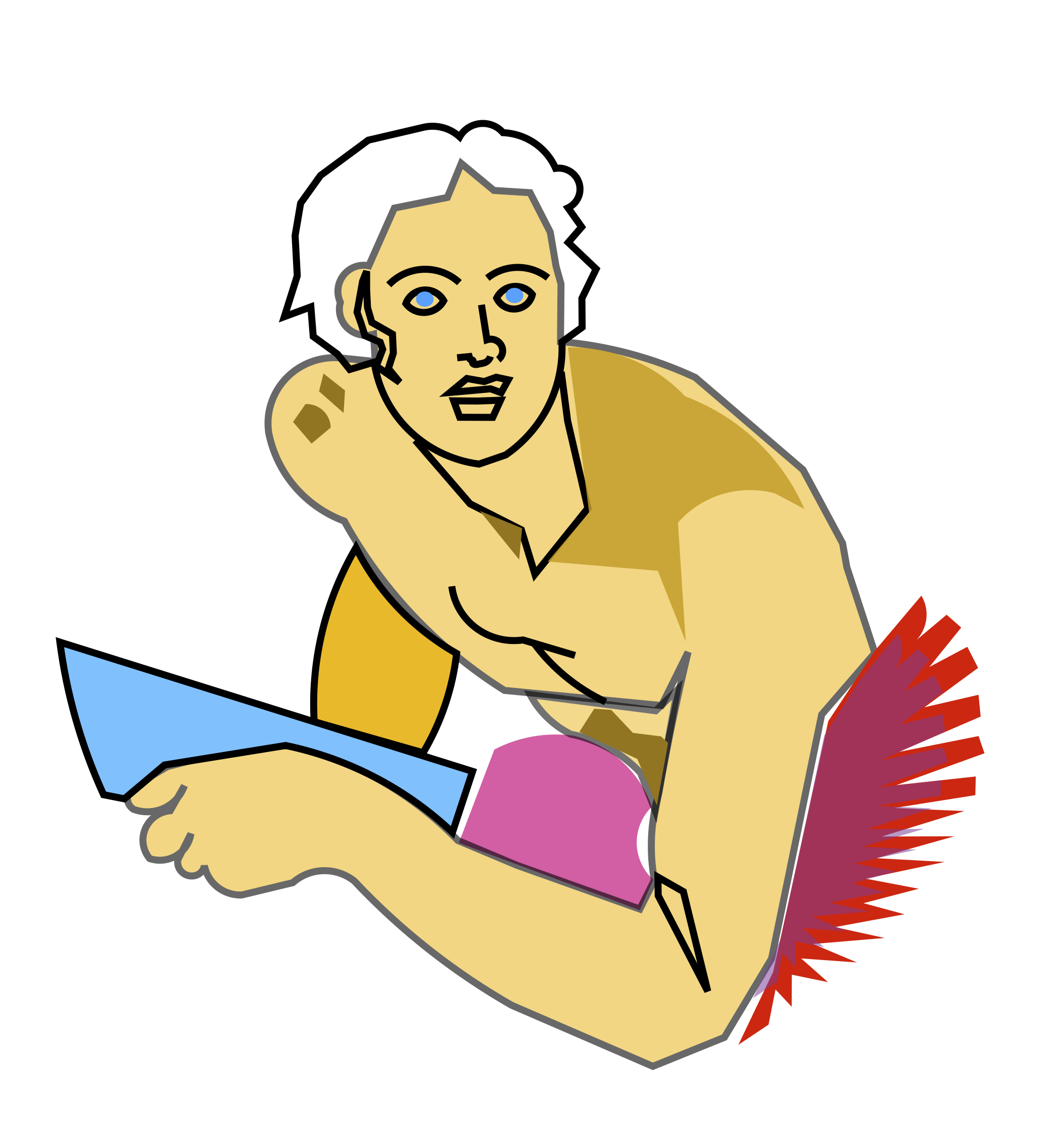From 1525–1528, Jacopo Pontormo—a Florentine painter of modest means—labored on his (retroactive) masterpiece, The Deposition from the Cross. Now, as then, a few steps from the swirling Arno, the majestic canvas glows neon as human and non-human figures spin about Christ’s body. Bodies emerge from a surreal landscape, emptied of the bloodied cross. (Might a cloud above suggest salvation?)
The colored folds of Pontormo’s canvas are rife with beauty, pain, anxiety, guilt. Brush strokes index the artist’s own embittered struggle with mental illness, culminating in his suicide in 1557 at the age of 62. Beyond the Deposition, Pontormo’s religious paintings and his precious Diario (Diary) testify to a series of (dis)quieting revelations: chiefly, aesthetic perfection against eternal affliction and the difficulty, or weight, of this pursuit.
(de)positions: an homage to pontormo is, foremost, an art piece—more precisely, a series of pieces/fragments—about looking at and thinking through art as an artist. To approach the Deposition in my “academic role” as an art historian would be to approximate its non-discursive meaning, i.e. the visual, through text. In the creation of this piece, I have acted, instead, as artist—employing the visual as an exploratory mode of research and reflection.
This exhibition assumes the “form” of an homage. An homage to Pontormo, as an artist, firstly, but also as a queer man, and a recipient of (his own) harm. (de)positions is also an homage to the paradoxical tensions between immaterial (divine) beauty and those darker material forces which presuppose and, perhaps, enable it. Pontormo’s bodies serve a unique role; bearing Christ’s pain, they offer Him as the pink, radiating, cleansed fruit of the Crucifixion. Such an offering prompts my own.
(de)positions consists of both performative/photographic and sculptural components. The former involved staged re-imaginings of the Deposition. Kevin Koste (ES ’19) and myself acted as performers, and were photographed by Alexandros Koutsogeorgas (BK ’19). The sculptures invoke particular compositional elements of the painting and draw upon the more mundane elements of Pontormo’s everyday, as elicited in the Diario. Drawings informing elements of the exhibition have been copied from my own journal and displayed. Lastly, Margaret Inigo Grabar Sage (MIGS, ES ’19) was asked to respond to the Deposition with text. Please take a copy of her poem before you leave [see below].

